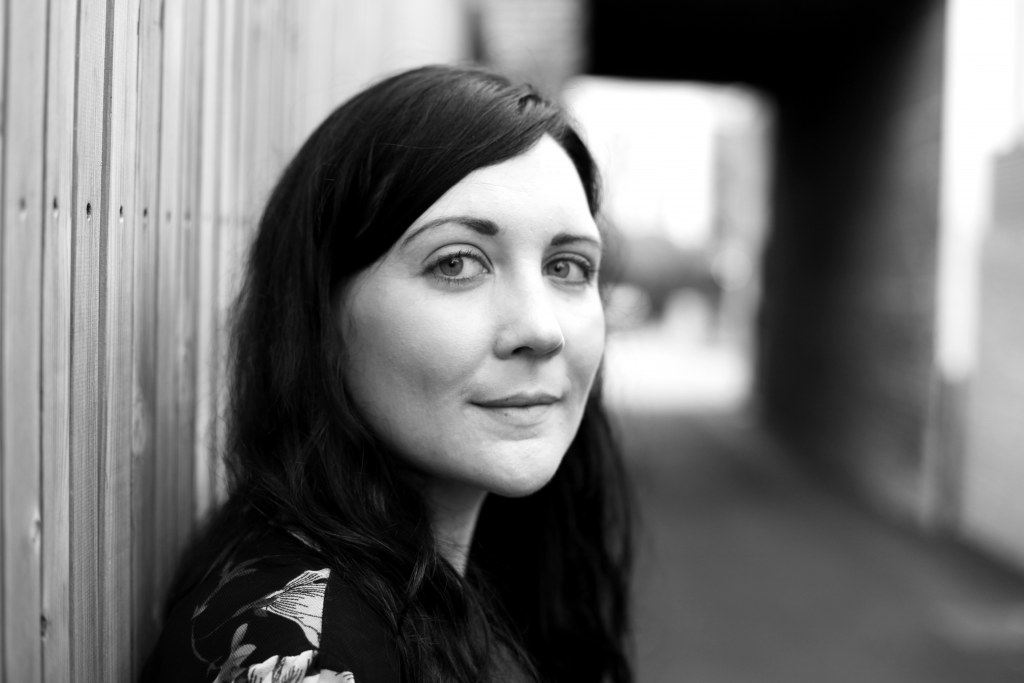
When I arrived in London from Texas as a young graduate, I was trying to land a much sought after role in the creative sector in one of the most competitive markets in the world with no experience to speak of!
I quickly discovered that if I wanted to set myself apart from all the other graduates out there, I’d need more than just my university diploma. For anyone starting out in a career in graphic design, here are some of the nuggets I’ve learned on my journey to securing a full-time design position.
The right work experience is essential
Most creatives will find it very difficult to get a job without some work experience under their belt. This can be extremely frustrating when you have a degree and a student portfolio, but unfortunately, many studios will not hire someone without some professional experience.
Look for an internship in a company that allows you to get good hands-on experience and where you will learn from mentors, rather than seeking a company name to put on your CV.
Be wary of unpaid internships and work placements – you don’t want to be part of an unethical business that is looking to exploit someone for cheap work. They should be paying you something if you’re doing valuable work for them. Internships, for many people, are the foot in the door to a creative career, so finding the right one is essential.
Don’t take rejection personally
Getting into the creative industry is tough, as there’s so much competition. Even if you’re brilliant, you’ll definitely face rejection at some point. Don’t let these incidents bring you down or get in your way. Show your portfolio to anyone who is willing to look at it and ask for feedback. Even if they don’t have work for you, it’s important to practice presenting your work so that you become more confident. When you’re given feedback about your portfolio, use it!
Take on board what people in the industry say and update your work accordingly. They are professionals and know what a hiring manager or creative director will be looking for.
Keep your CV simple and on brand
When it comes to your CV, don’t undervalue simplicity. Sometimes designers try to make their CVs stand out with complex infographics or unusual formats. It’s great to add personality, as long as any elements you add are for a good reason and don’t appear over-complicated. As a designer, consistency is key, so make sure you are using the same visual language across everything your future employers will see.
Make your brand a top priority. Use the same fonts, colours, imagery and formatting across your CV, business cards, website and portfolio.
Think about your materials. Nowadays, everyone just emails PDFs around, but whenever you have the opportunity to give hard copies, make sure your choice in paper or presentation shows your attention to detail. Remember, your CV must be clear, visually appealing and should communicate your skills well.
Make a lasting impression
Creating a small leave-behind piece that includes your CV, contact information and some of your portfolio can be a really great way of leaving a lasting memory with a potential employer. When it comes to thinking about what that could be, the sky’s the limit. Whether it’s a little book, leaflet, tea coaster or chocolate bar label, make sure it’s appropriate and representative of you and your brand.
Persistence pays
Speak to anyone who can give you any kind of advice. Get your LinkedIn profile up to date and use it as the professional networking tool that it is. Connecting with people who might be able to help you, or who may put you in touch with someone else that can, is very important.
Follow up! Don’t just email someone a link to your website and tell them to check it out. You have to be persistent if you want to be taken seriously. People are busy and need a nudge to take any notice. If someone takes the time to respond and says they’re not looking for anyone, ask them if they know someone who might be. They may ignore your email, but you don’t have anything to lose by asking.
Be true to yourself
Finally, don’t try to be an expert in everything. Whoever is recruiting you is likely to be looking for someone specific. If you’ve dabbled in some animation software on a course, for example, don’t pretend it’s your speciality. It’s OK to say you have some basic knowledge of a skill, but if you over-exaggerate, you’re likely to be found out. Focus on your real expertise and you’ll eventually be offered a role that matches your skill set. Good luck!
About the author

By Kate Clancy, Graphic Designer, Greenwich Design.
Kate graduated from Texas State University and moved to London shortly after for work experience. Before working at Greenwich Design, she did several internships at packaging and branding studios around London. You can see her LinkedIn profile here.








